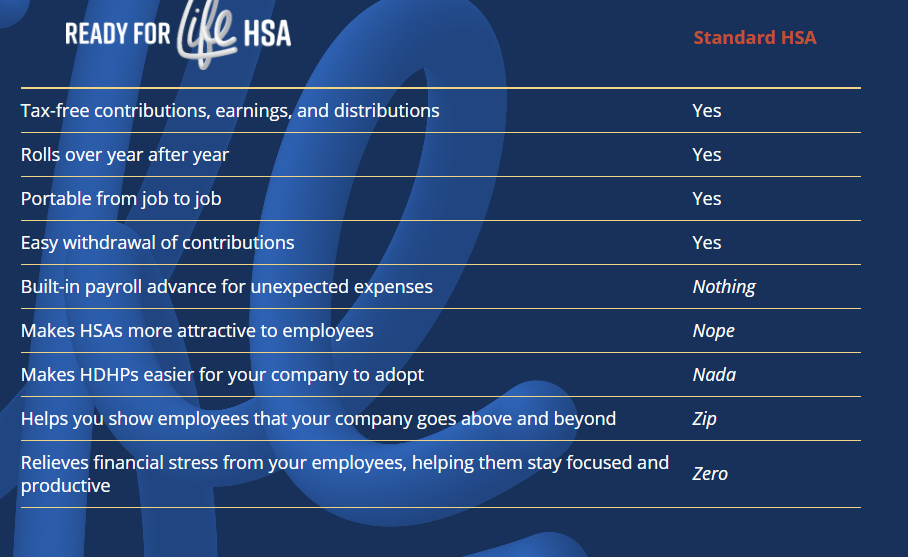
Chances are your workplace is not made up of one type of person. Instead, your office probably includes people who match the profile of someone who opts for an HSA and someone who opts for an FSA. So, what do you do? Which option to do you offer—do you offer an HSA or FSA?
The answer?
Offer both.
Even though they’ll have to choose which account they want to enroll in, offering employees the choice to enroll in either an HSA or FSA gives them the freedom and flexibility to customize an aspect of their healthcare benefits according to their needs and budget. And that’s important given that 75% of employees admit being more likely to stay with an employer because of their benefits program, believing benefits attract and retain top talent.2
The Profile of Employees Who Usually Open an HSA
Given the differences that exist between HSAs and FSAs, it’s only natural to wonder—who are the employees that opt for HSAs?
The HSA Employee Profile
The typical HSA-enrolled employee is single and healthy. They will typically have a high deductible health plan, and they will rarely claim reimbursements for healthcare expenses. Usually, this employee would rather save their money for travel, dining, and other activities. Because this employee doesn’t need a lot of medical care, they prefer to invest their money in an account that they own so the money they invest moves with them when they change jobs and rolls over from year to year if unused.
The Profile of Employees Who Usually Open an FSA
The FSA Employee Profile
If the profile of an employee enrolling in an HSA looks like what we just described, what does the profile of an employee enrolling in an FSA look like?
The typical FSA-enrolled employee is married with kids. Both spouses work, and the family health insurance comes from one of the spouse’s employee health benefits. This employee has elected to use a low deductible healthcare plan, because with a growing family, they know they will have regular and predictable healthcare needs, so they know they’ll need faster access to insurance benefits. This employee knows they’ll use most, if not all, of the funds in their FSA before the grace period ends, so they like the idea of their pre-tax dollars being put toward an FSA because it means they can stretch their dollar further while saving a significant amount on healthcare expenses.
Though there seems to be less research conducted on the profile of FSA account holders, just as the research on HSA account holders supported our HSA employee profile, our experience has shown us that our FSA employee profile is accurate.
Where to Start?
There are several reasons why it’s important to offer employees the option to enroll in either an HSA or FSA. Fortunately, getting started with these offerings is as easy as deciding to offer both types of accounts.
The first step is to partner with a reliable benefits administrator—an administrator who can connect you to revolutionary products like the Ready for Life HSA, first-rate FSAs, and HRAs.

Products like the Ready for Life HSA, which goes beyond the traditional HSA to meet the needs of today’s employees, are revolutionizing benefits administration and employee healthcare. Offering employees access to such products will go a long way towards increasing their job satisfaction, company loyalty, and overall happiness.
